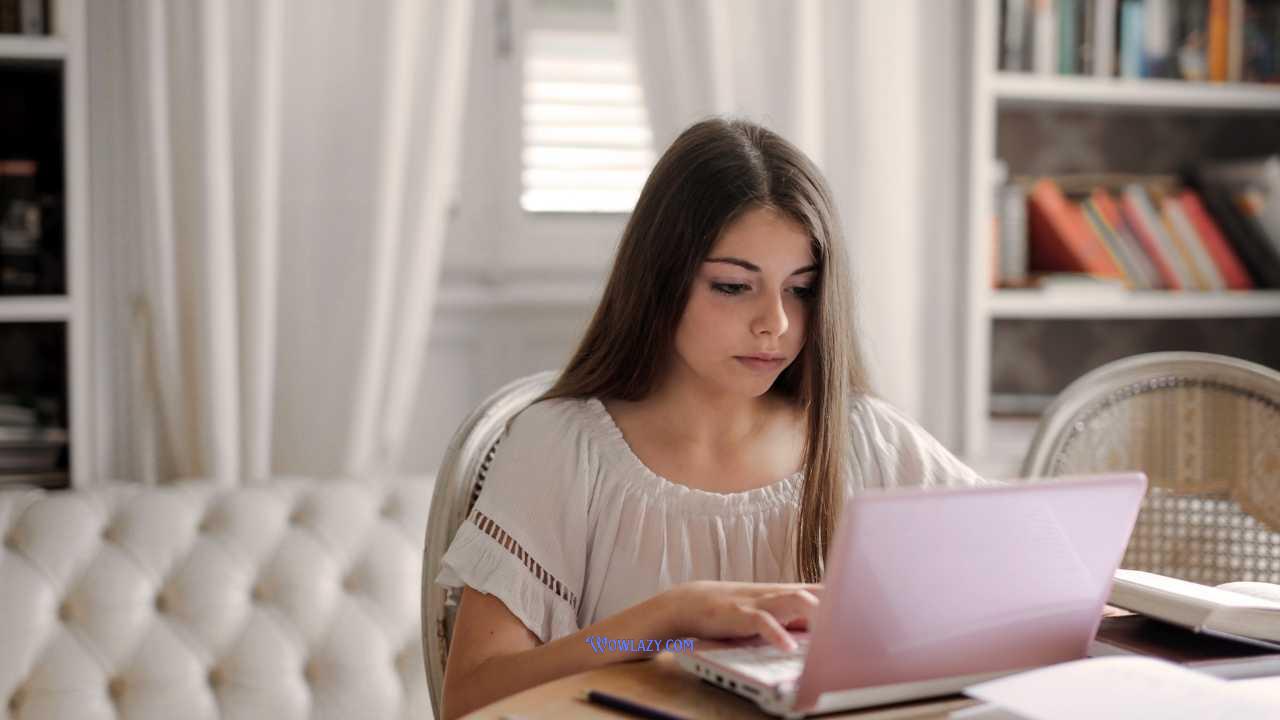Best way to end email regards – When it comes to crafting professional emails, one of the most crucial aspects is how you choose to sign off. The way you end your email can leave a lasting impression on the reader, whether it’s a colleague, a client, or a superior. An effective email closing not only reinforces your message but also sets the tone for future communications. In this blog post, we will explore the best ways to end an email with various sign-offs, along with tips and considerations for different contexts.
The Importance of Email Sign-Offs
Email sign-offs serve as your last chance to convey a tone and provide clarity about your intentions. Whether you’re aiming for professionalism, friendliness, or urgency, your choice of closing words plays a vital role in how your message is perceived. Below are some reasons why choosing the right email sign-off is essential:
- First Impressions: Your email closing shapes how your recipient views you.
- Consistency: A consistent sign-off can enhance your professional brand.
- Setting the Tone: Your closing can reflect the nature of your message and relationship.
Key Factors to Consider When Choosing an Email Sign-Off
Before selecting your email sign-off, it’s important to consider the following factors:
Your Relationship with the Recipient
Are you writing to a colleague, a client, or a superior? The level of formality in your relationship can influence your choice of sign-off. For example, Best regards is more formal than Cheers, which may be appropriate for casual correspondence.
The Context of Your Email
Are you sending a follow-up, an introduction, or a thank-you note? The context also dictates the level of formality and the sign-off you should use. For instance, a thank-you email may end with Warm regards, while a follow-up can conclude with Looking forward to your response.p>
Company Culture
Understanding the culture of the organization can help you choose the right email closing. Some workplaces prefer a relaxed atmosphere, while others maintain a more professional tone.
Popular Email Sign-Offs and Their Uses: Best Way To End Email Regards
| Sign-Off | Best Used For |
|---|---|
| Best regards | Formal communications with clients or supervisors |
| Kind regards | Professional emails that are slightly more relaxed |
| Sincerely | Formal correspondence, especially in cover letters |
| Cheers | Casual emails to colleagues or acquaintances |
| Warm regards | Friendly yet professional interactions |
| Looking forward | Follow-up emails and requests |
| Take care | Casual, friendly emails |
| Thank you | Gratitude expressed in emails |
Examples of Effective Email Sign-Offs
Example 1: Formal Business Email
Dear Ms. Johnson,
I look forward to discussing the project further.
Best regards,
John Smith
Example 2: Casual Follow-Up
Hey Mike,
Just checking in on the report we discussed.
Cheers!
Emily
Example 3: Thank You Email, Best way to end email regards
Hi Sarah,
Thank you for your assistance with the presentation!
Warm regards,
Robert
Example 4: Job Application
Dear Hiring Manager,
I am very excited about the opportunity to join your team.
Sincerely,
Alice Thompson
Example 5: Request for Information
Hello James,
I would appreciate any updates you may have regarding the project.
Looking forward to your response!
Best regards,
Linda
Example 6: Networking Email
Hi David,
It was great to meet you at the conference. Let’s stay in touch!
Take care,
Rachel
Example 7: Client Update
Dear Mr. Williams,
I wanted to keep you updated on our progress.
Kind regards,
Tom
Example 8: Friendly Reminder
Hi Claire,
This is a gentle reminder about our meeting tomorrow.
Thanks!
Cheers,
Anna
It’s important to remember that the sign-off you choose can significantly affect the recipient’s interpretation of your message. Always tailor your closing to the relationship and context!
Tips for Crafting the Perfect Email Sign-Off
Be Authentic
Your email sign-off should reflect your personality and relationship with the recipient. Choose a sign-off that feels natural to you.
Keep it Short and Sweet
There’s no need for lengthy sign-offs. A concise closing is usually more impactful and easier to read.
Align with Your Brand
If you’re representing a business, ensure that your sign-off is in line with your brand’s tone and values. Consistency in communication fosters trust and professionalism.
Avoid Overused Phrases
Phrases like Best or Thanks can be effective, but using them too often may render them less impactful. Don’t hesitate to switch it up depending on the situation.
Consider including a call-to-action or a friendly note in your sign-off. For example, “Looking forward to our discussion next week!” This not only provides closure but also keeps the conversation going.
Final Thoughts on Email Sign-Offs
Your choice of email sign-off can influence the recipient’s impression and response to your message. By understanding the context, your relationship with the recipient, and maintaining professionalism, you can select the most effective way to close your emails. Remember that every email is a representation of you and your brand. So, take the time to craft sign-offs that are not only appropriate but also reflective of your personal style. Happy emailing! 😊
